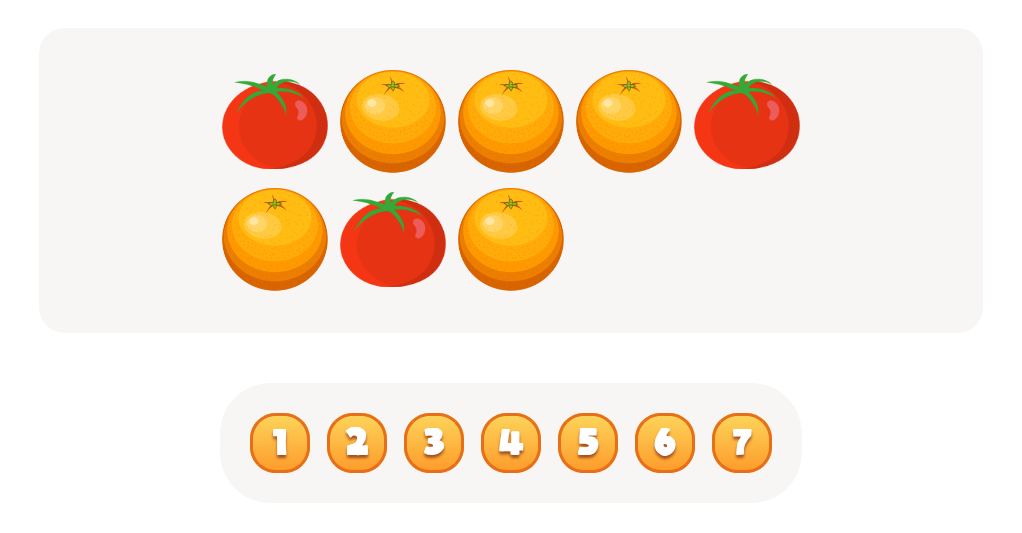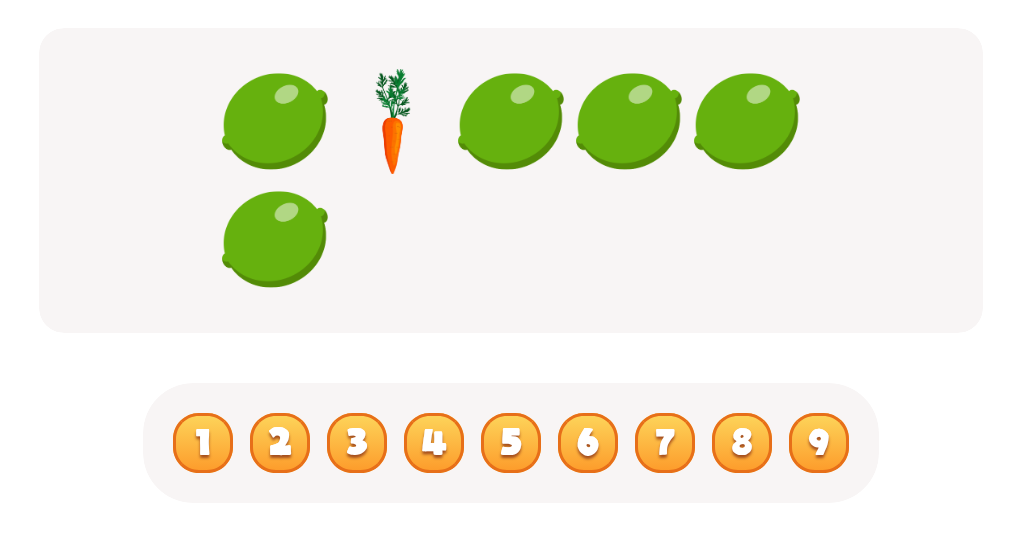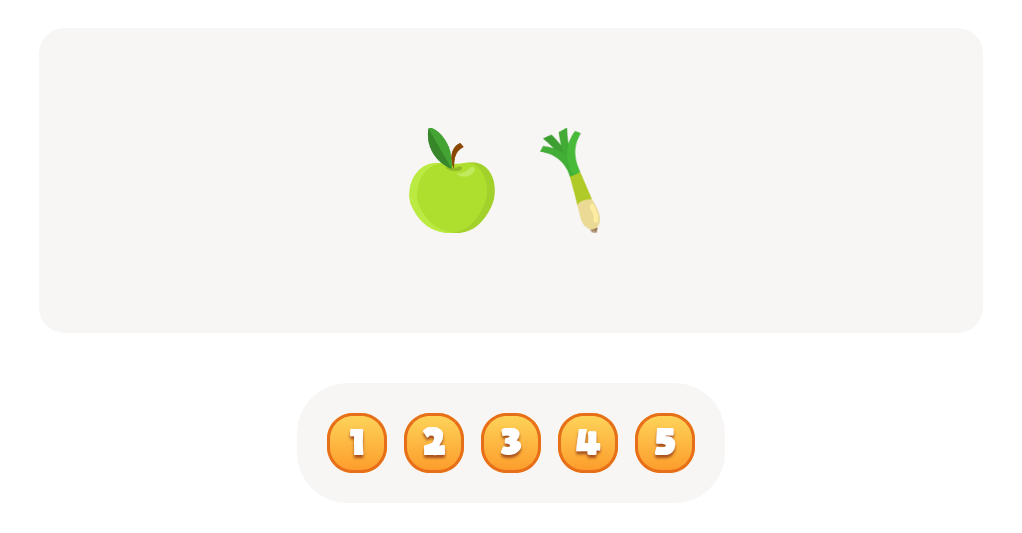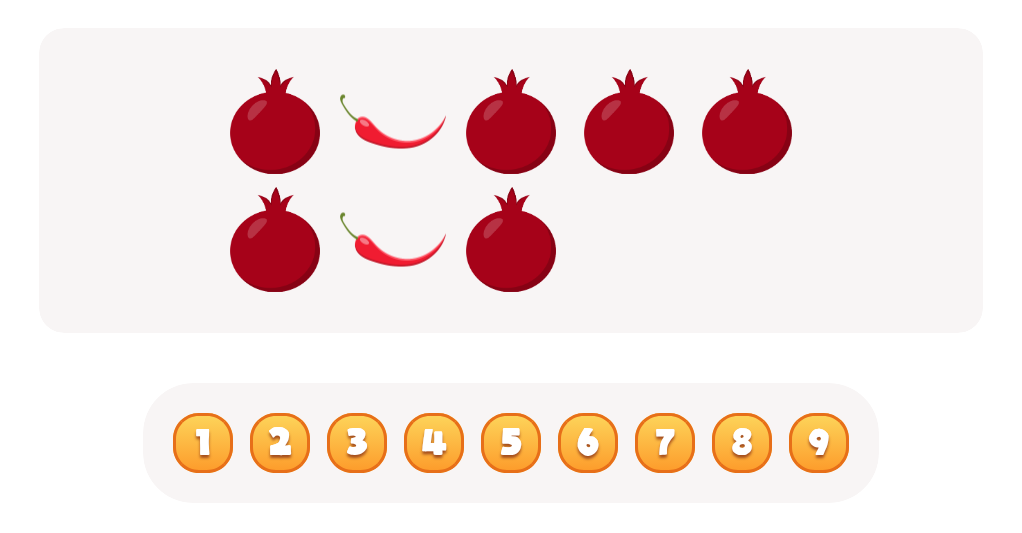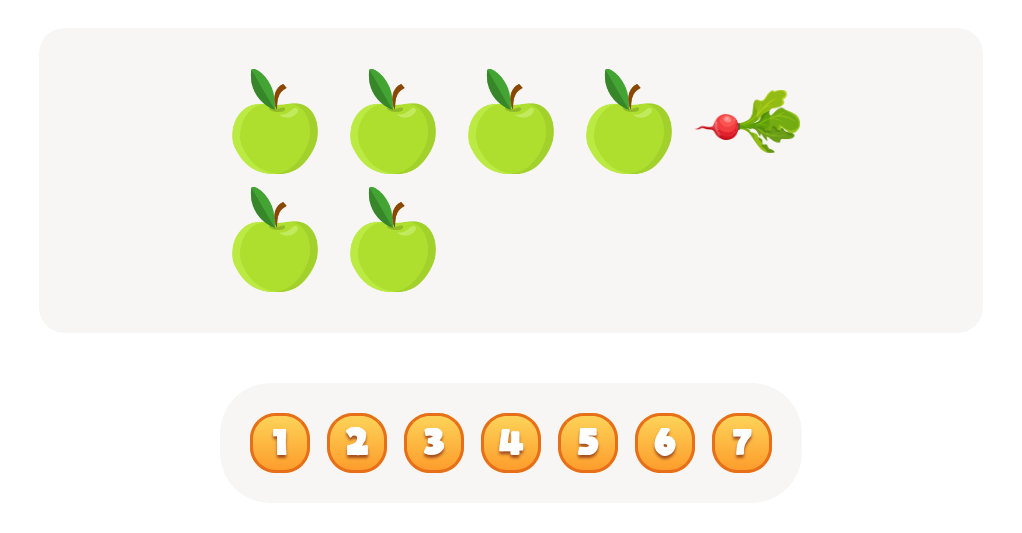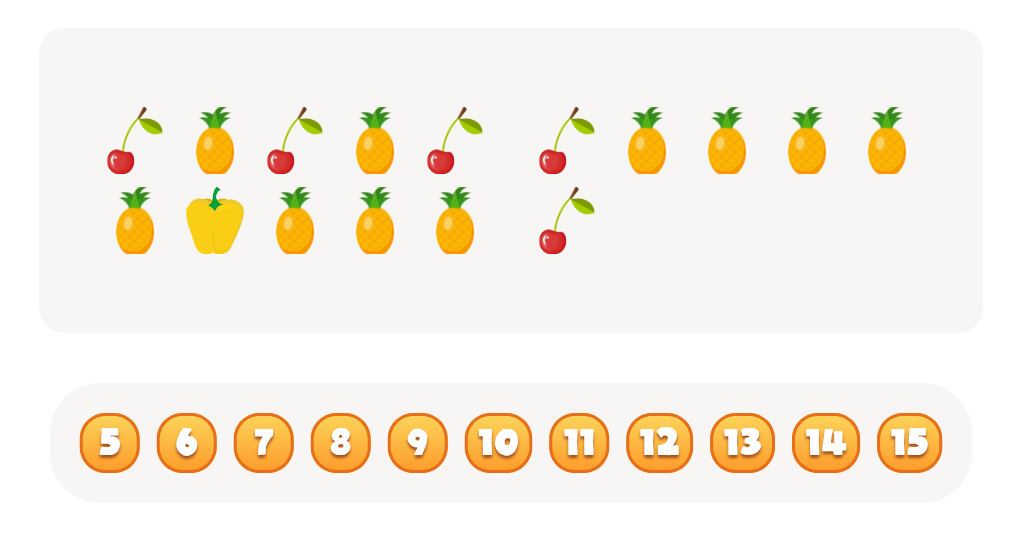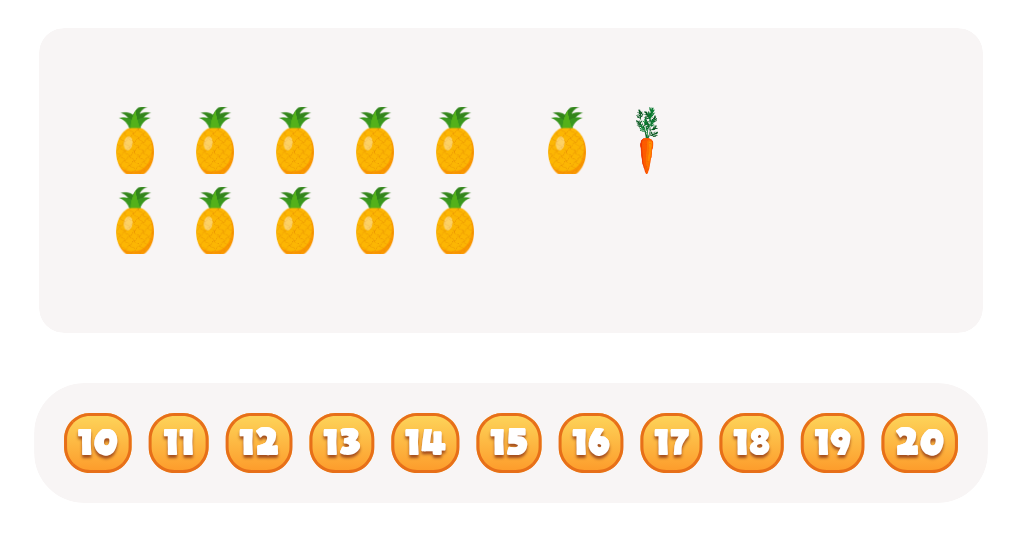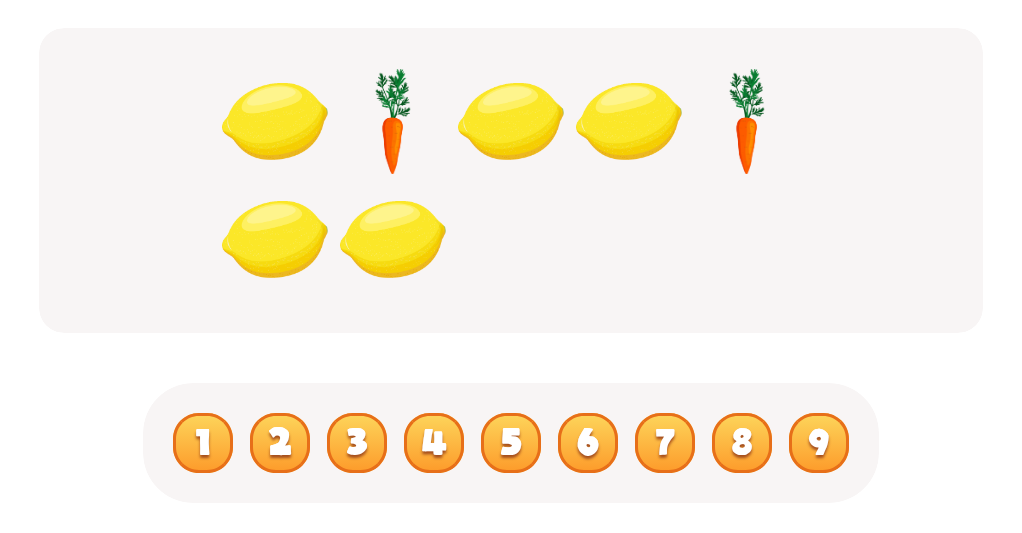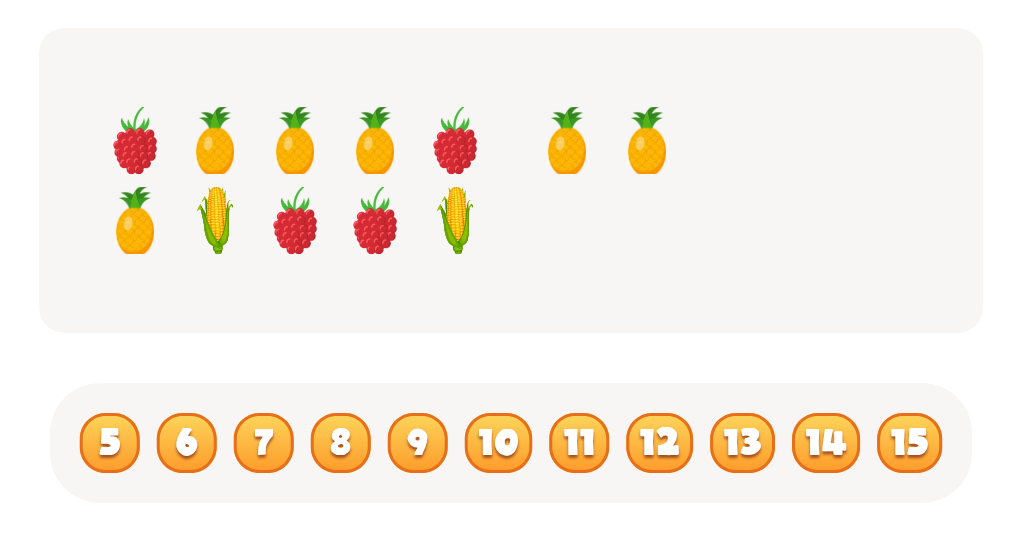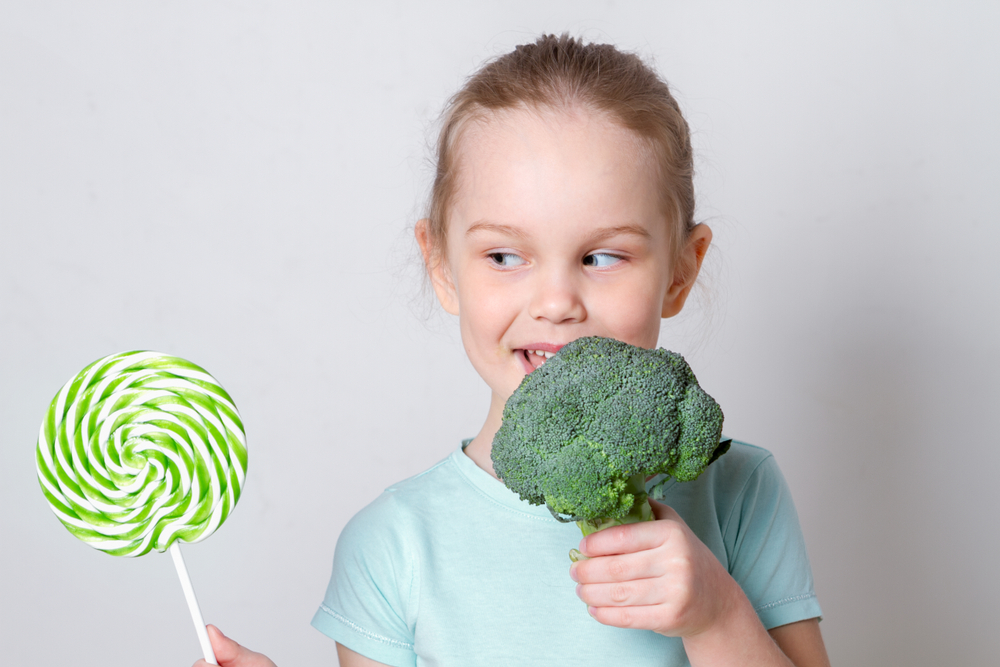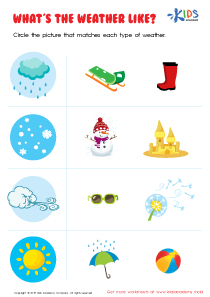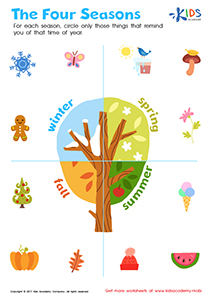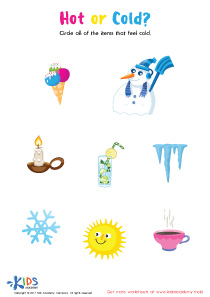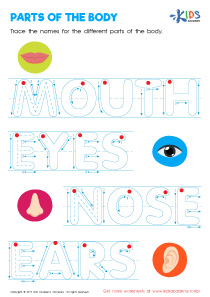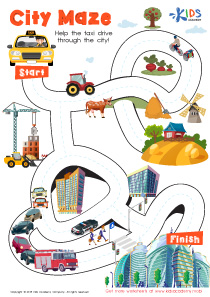Categorization skills Plants and Animals Worksheets for Ages 4-7
3 filtered results
-
From - To
Enhance your child's understanding of the natural world with our "Categorization Skills: Plants and Animals" worksheets designed for ages 4-7. These engaging worksheets help young learners distinguish between various plants and animals, fostering critical thinking and observational skills. Ideal for home or classroom use, each activity encourages kids to sort and classify different species, contributing to their knowledge of biodiversity. With colorful illustrations and interactive exercises, children will enjoy exploring the characteristics and habitats of both plants and animals. Support your child's educational journey and ignite their curiosity about nature with these fun, developmentally appropriate worksheets!
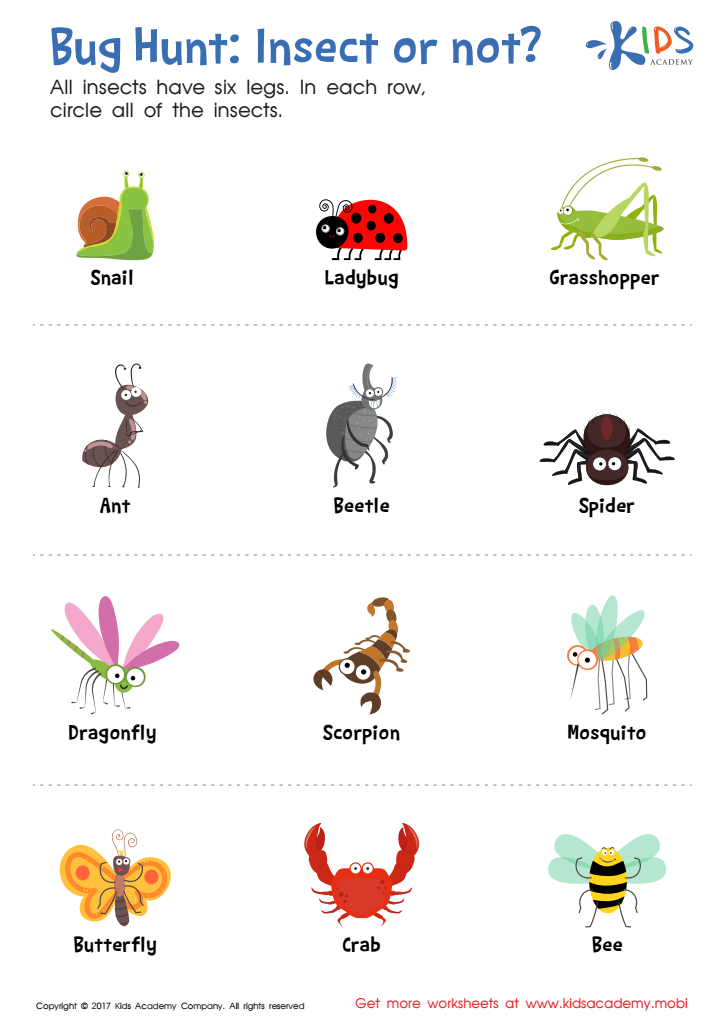

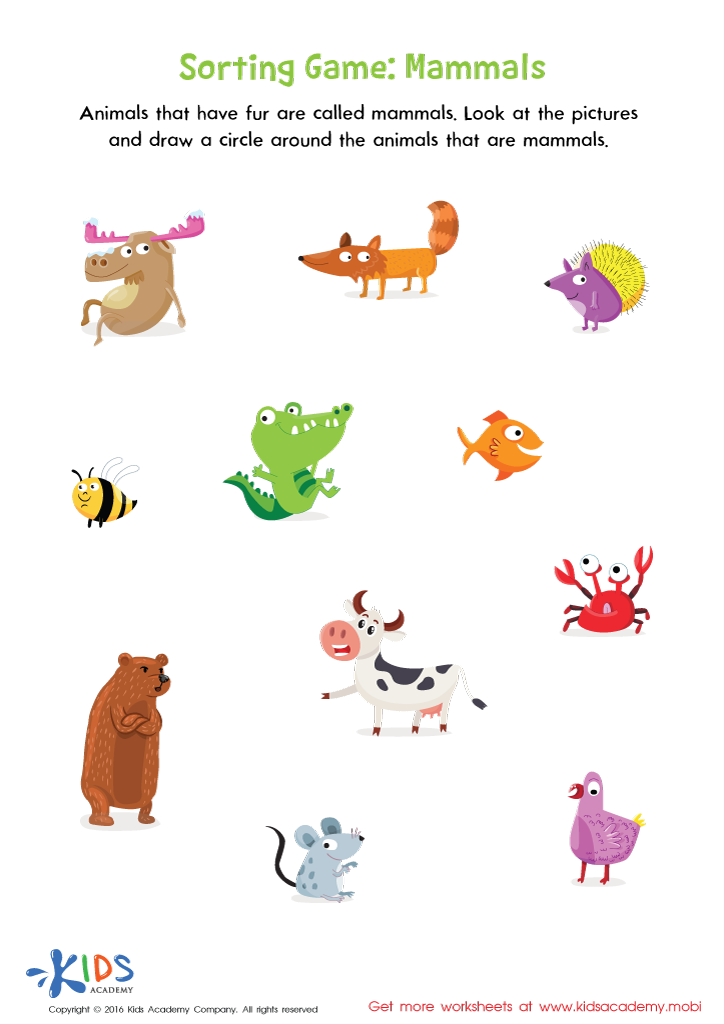

Mammals Sorting Worksheet
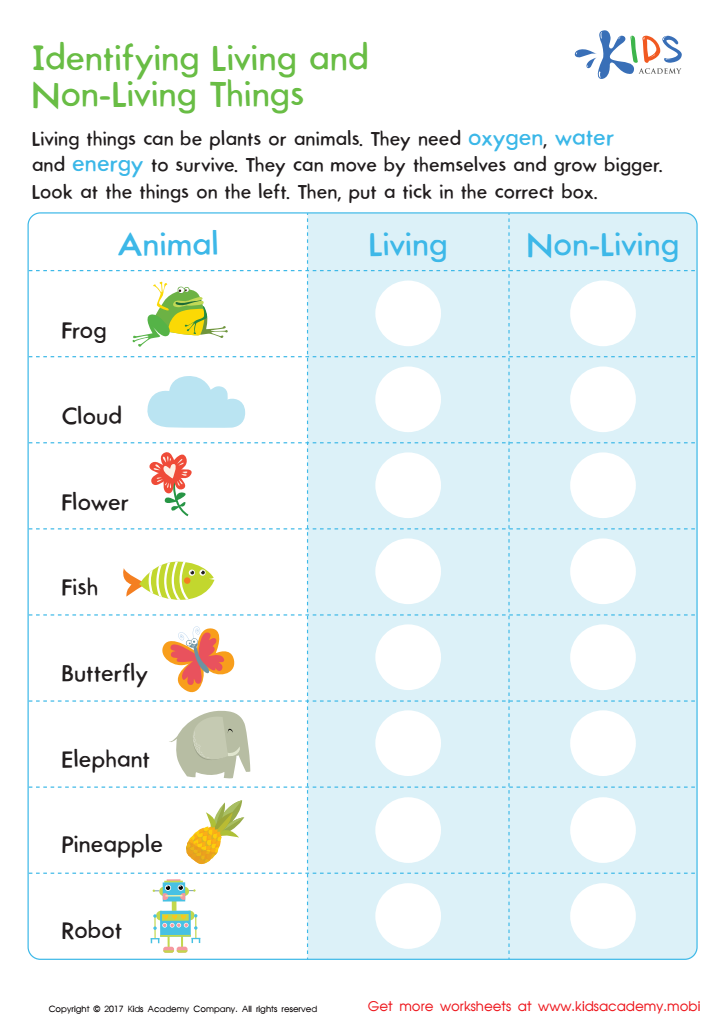

Identifying Living or Non–living Worksheet
Categorization skills are crucial for children ages 4-7 as they form the foundation for critical thinking and problem-solving. Understanding the differences and similarities between plants and animals helps young learners make sense of the world around them. This process is not merely academic; it encourages observational skills and enhances a child's ability to organize information. Parents and teachers should care about this developmental milestone because categorization promotes cognitive development and nurtures a child's natural curiosity about nature.
Moreover, these skills foster creativity and scientific understanding. When children can classify living things into categories of plants and animals, they learn to appreciate biodiversity and environmental connections. Engaging in activities such as sorting objects, discussing characteristics of different living organisms, or exploring local ecosystems can significantly enhance categorization skills while promoting cooperative learning.
By guiding kids in exploring these categories, adults can instill an early appreciation for science and the environment, laying the groundwork for lifelong learning. These foundational skills also support language development as children learn the terminologies associated with species, habitats, and ecosystems, enabling them to express their observations and thoughts articulately. Overall, prioritizing categorization skills in young learners can lead to more engaged, thoughtful, and informed future citizens.
 Assign to My Students
Assign to My Students

